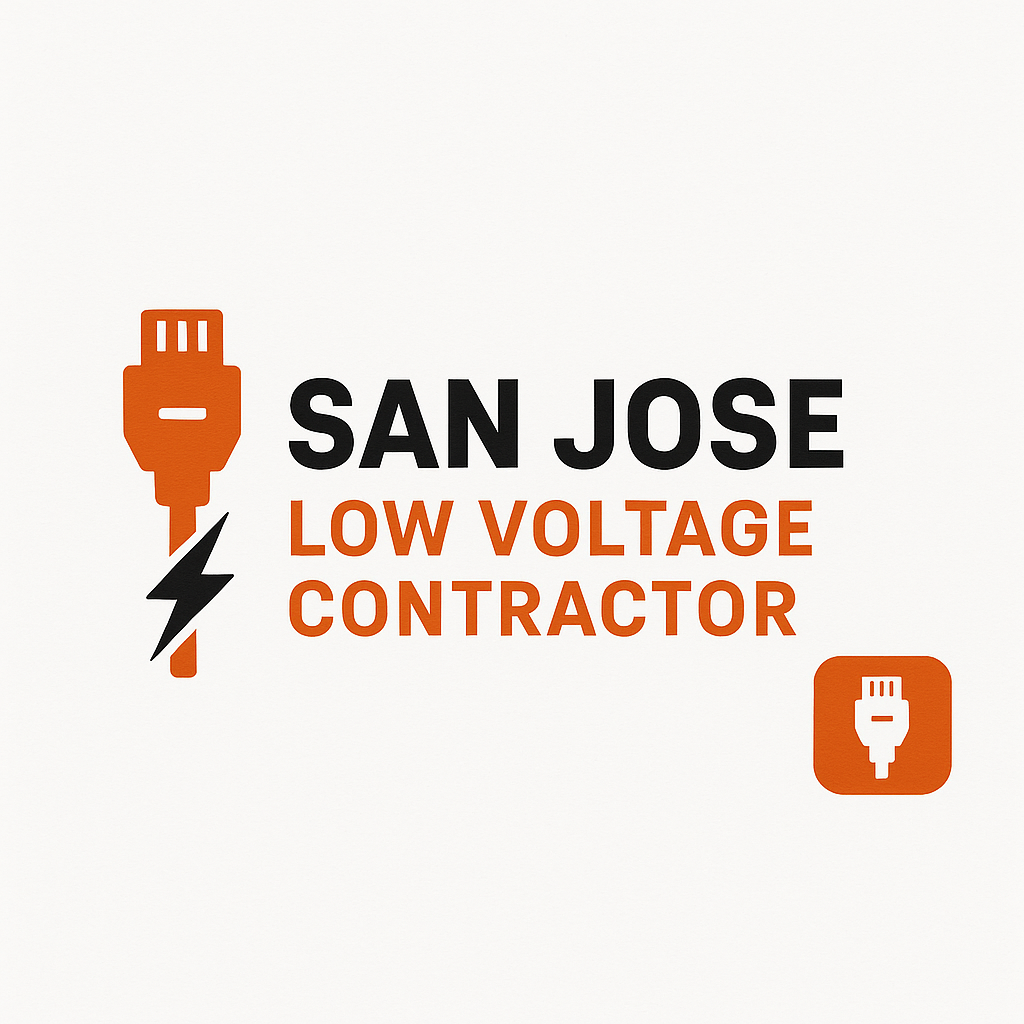Commercial Structured Cabling Design in San Jose: Everything You Need to Know
In today’s fast-paced business environment, having a reliable and efficient network infrastructure is essential. Commercial structured cabling is the backbone of any modern office, providing a systematic way to manage communication and data systems. For businesses in San Jose, understanding the fundamentals of structured cabling design can save time, reduce costs, and improve overall operational efficiency.
What is Commercial Structured Cabling?
Commercial structured cabling is a standardized approach to installing and managing the wiring and network systems within a commercial building. Unlike traditional cabling methods, structured cabling provides a unified and organized infrastructure that can support multiple systems, including:
- Data networks
- Voice communication
- Security systems
- Audio and video systems
This approach allows businesses to scale their network easily and reduces the complexity of maintenance or future upgrades.
Benefits of Structured Cabling for Businesses
Implementing structured cabling in a commercial space offers numerous advantages. These include:
Improved Network Reliability
Structured cabling reduces the risk of connectivity issues by providing a clearly organized system. This decreases downtime and ensures that critical business operations run smoothly.
Simplified Maintenance and Troubleshooting
With a well-designed structured cabling system, IT teams can easily identify and resolve issues. Labeling and standardized layouts make it faster to locate problems without disrupting the entire network.
Cost Efficiency Over Time
Although structured cabling may have a higher initial cost than traditional methods, it minimizes long-term expenses. The organized layout reduces the need for frequent rewiring and simplifies upgrades as technology evolves.
Scalability and Flexibility
As businesses grow, their network demands increase. Structured cabling allows for easy expansion without requiring major overhauls. New workstations, servers, or devices can be integrated seamlessly into the existing system.
Enhanced Performance
Structured cabling supports high-speed data transfer and ensures that network devices operate efficiently. This is crucial for businesses that rely on cloud services, video conferencing, and other high-bandwidth applications.
Key Components of Structured Cabling Systems
A typical commercial structured cabling system consists of several essential components:
- Patch Panels: Centralized points for connecting and managing network cables
- Horizontal Cabling: Cabling that runs from workstations to the telecommunications room
- Backbone Cabling: Cabling that connects multiple telecommunications rooms or floors
- Telecommunications Rooms: Dedicated spaces for network equipment and termination points
- Cables and Connectors: Includes copper and fiber-optic cables designed for optimal performance
Each component must meet industry standards to ensure reliability and future-proofing of the network.
Design Considerations for Structured Cabling
When planning a commercial structured cabling system, several factors should be considered:
- Current and Future Needs: Estimate the number of devices and potential growth to avoid underestimating requirements
- Compliance with Standards: Follow industry guidelines such as TIA/EIA to ensure compatibility and safety
- Space Planning: Design pathways and routes to minimize interference and optimize cable management
- Environmental Factors: Consider building layout, temperature, and potential sources of electromagnetic interference
A thoughtful design ensures the cabling system can accommodate evolving technology without frequent disruptions.
Common Mistakes to Avoid
Businesses often face issues due to poor planning or installation practices. Common mistakes include:
- Overlooking future expansion needs
- Using low-quality cables or connectors
- Ignoring proper labeling and documentation
- Failing to follow industry standards
- Crowding cables in limited pathways
Avoiding these pitfalls can lead to a more efficient and reliable network.
Conclusion
Commercial structured cabling design is a critical investment for businesses in San Jose. By implementing an organized and scalable cabling system, companies can improve network reliability, simplify maintenance, reduce long-term costs, and support future growth. A well-planned structured cabling system is not just an IT upgrade; it is a foundation for business success in a connected world.
